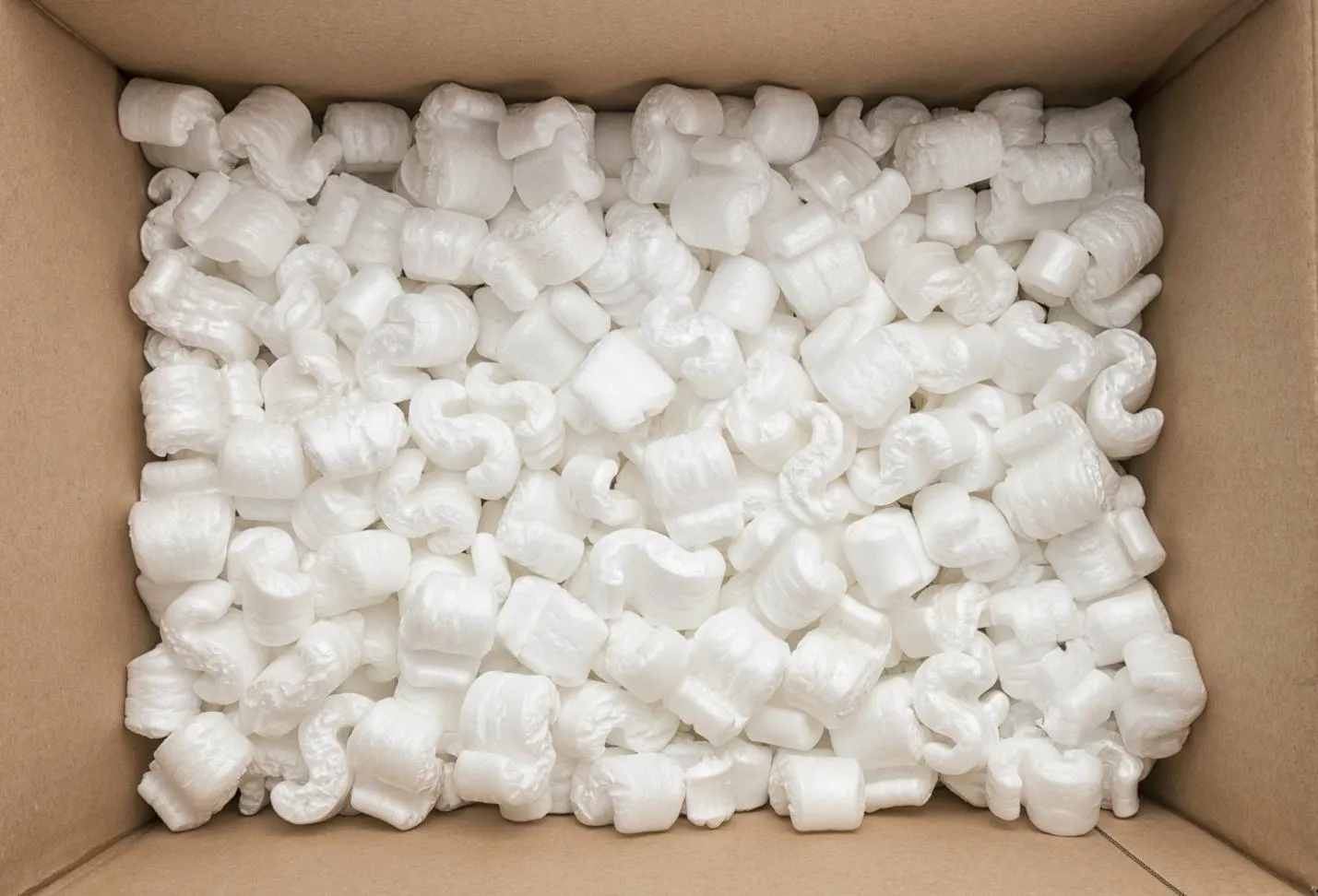
Packaging waste has become one of the most pressing environmental and financial concerns for modern businesses. From raw material extraction to the disposal of discarded materials, the full lifecycle of packaging leaves a significant footprint. Understanding its sources and composition is the first step toward reducing both environmental impact and unnecessary costs.

The majority of packaging waste originates from paper and cardboard, plastics, metals, and glass. Cardboard and paper products dominate because they are used extensively in product protection, shipping, and labelling. Plastics, while lighter and often more cost-effective, persist in landfills and oceans for decades. Metals such as aluminium are common in beverage containers, while glass remains popular for food storage due to its non-reactive nature. Each material has unique disposal challenges, which makes strategic choices essential for reducing waste volumes.
Consumer habits directly influence how much packaging enters the waste stream. Single-use products, individually wrapped goods, and excessive protective layers contribute to higher disposal rates. Even well-intentioned choices, such as purchasing “eco-friendly” items, can backfire if their packaging is not recyclable in local facilities. Educating customers about proper disposal methods and offering return or refill programs can dramatically cut down waste generation.
Operational inefficiencies, poor supply chain coordination, and inconsistent packaging standards often create excess waste before products even reach the customer. Over-ordering packaging materials, using the wrong sizes for shipments, or failing to recycle internal packaging are all common contributors. Companies that regularly order shipping boxes without assessing their actual needs risk creating surplus materials that either go unused or are discarded prematurely.
Beyond environmental consequences, excessive packaging waste drives up business expenses. Disposal fees, storage costs for unused materials, and increased shipping costs due to oversized packaging all impact profitability. For companies that ship products internationally, waste-related inefficiencies can also harm compliance with stricter packaging regulations in certain countries. The financial implications often go unnoticed until waste audits reveal the scale of the problem. Regular monitoring and analysis of packaging use can help identify these inefficiencies before they become costly long-term issues.
Waste reduction starts with rethinking packaging design. Using lightweight, recyclable materials that still provide adequate protection helps balance sustainability with practicality. Implementing size-specific packaging instead of one-size-fits-all boxes can reduce filler materials like foam or bubble wrap. Partnering with suppliers who use returnable packaging and working with local recycling facilities to ensure proper end-of-life processing further improves outcomes significantly for businesses overall. Digital tracking of packaging inventory can also prevent overstocking and waste.
Reducing packaging waste is not just about environmental stewardship but also operational efficiency. Businesses that commit to ongoing evaluations of their packaging choices can reduce both their environmental footprint and their expenses. Over time, small adjustments in procurement, storage, and disposal practices can lead to significant improvements, benefiting companies, consumers, and the planet alike. For more information on packaging waste, feel free to look over the accompanying infographic below.
